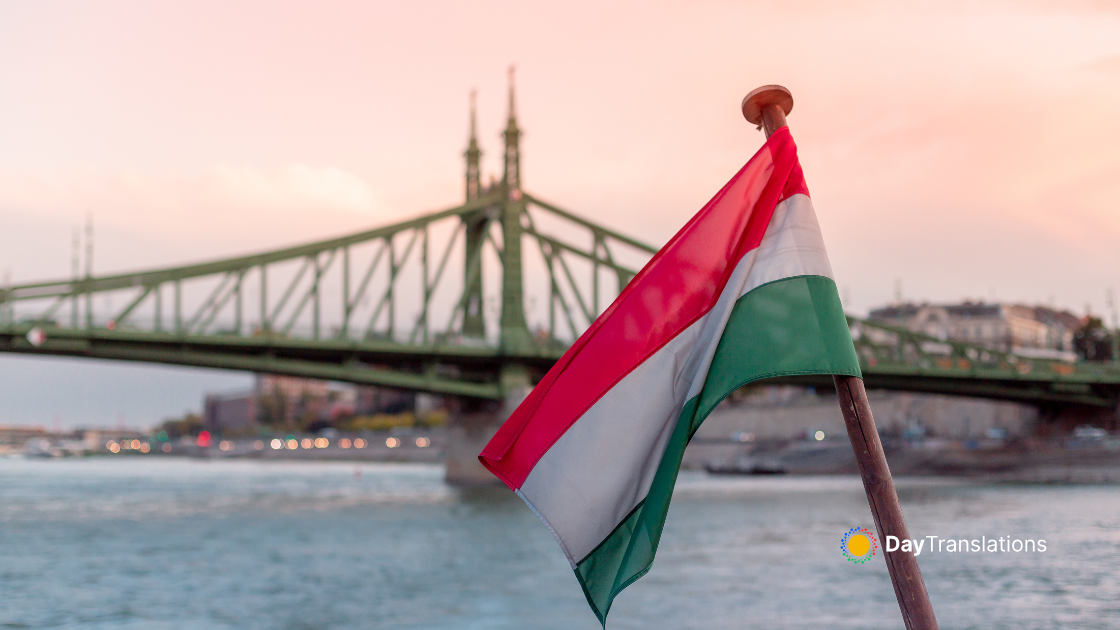The Republic of Croatia is a country in Southeastern Europe at the crossroads of the Pannonian Plain, the Balkans, and the Adriatic Sea. Its capital and largest city is Zagreb. Croatia borders Slovenia to the north, Italy to the west, Hungary to the northeast, Bosnia and Herzegovina to the southeast, Serbia to the east, and Montenegro to the southeast.
The Croats arrived in the early 7th century in what today is Croatia. They organized the state into two dukedoms. The first king, King Tomislav was crowned in AD 925 and Croatia was elevated into the status of a kingdom. The Kingdom of Croatia retained its sovereignty for almost two centuries, reaching its peak during the rule of Kings Peter Krešimir IV and Demetrius Zvonimir. Croatia entered a union with Hungary in 1102. In 1527, the Croatian Parliament elected Ferdinand from the House of Habsburg to the Croatian throne. In 1918, Croatia was included in the short-lived State of Slovenes, Croats, and Serbs that declared independence from Austria–Hungary and co-founded the Kingdom of Yugoslavia. An independent Croatian state briefly existed during World War II. After World War II, Croatia became a founding member of the Second Yugoslavia.
On 25 June 1991, Croatia declared independence and became a sovereign state.
Croatia is classified as an emerging and developing economy by the International Monetary Fund and a high income economy by the World Bank.
In this Country Profile
:: Background of Croatia ::
The lands that today comprise Croatia were part of the Austro-Hungarian Empire until the close of World War I. In 1918, the Croats, Serbs, and Slovenes formed a kingdom known after 1929 as Yugoslavia. Following World War II, Yugoslavia became a federal independent Communist state under the strong hand of Marshal TITO. Although Croatia declared its independence from Yugoslavia in 1991, it took four years of sporadic, but often bitter, fighting before occupying Serb armies were mostly cleared from Croatian lands. Under UN supervision, the last Serb-held enclave in eastern Slavonia was returned to Croatia in 1998. In April 2009, Croatia joined NATO; it is a candidate for eventual EU accession.
:: Geography of Croatia ::
Location: Southeastern Europe, bordering the Adriatic Sea, between Bosnia and Herzegovina and Slovenia
Geographic coordinates: 45 10 N, 15 30 E
Area:
total: 56,594 sq km
land: 55,974 sq km
water: 620 sq km
Area – comparative: slightly smaller than West Virginia
Land boundaries: 1,982 km
Border countries: Bosnia and Herzegovina 932 km, Hungary 329 km, Serbia 241 km, Montenegro 25 km, Slovenia 455 km
Coastline: 5,835 km (mainland 1,777 km, islands 4,058 km)
Maritime claims:
territorial sea: 12 nm
continental shelf: 200 m depth or to the depth of exploitation
Climate: Mediterranean and continental; continental climate predominant with hot summers and cold winters; mild winters, dry summers along coast
Terrain: geographically diverse; flat plains along Hungarian border, low mountains and highlands near Adriatic coastline and islands
Elevation extremes:
lowest point: Adriatic Sea 0 m
highest point: Dinara 1,831 m
Natural resources: oil, some coal, bauxite, low-grade iron ore, calcium, gypsum, natural asphalt, silica, mica, clays, salt, hydropower
Land use:
arable land: 25.82%
permanent crops: 2.19%
other: 71.99% (2005)
Irrigated land: 110 sq km (2003)
Total renewable water resources: 105.5 cu km (1998)
Natural hazards: destructive earthquakes
Environment – current issues: air pollution (from metallurgical plants) and resulting acid rain is damaging the forests; coastal pollution from industrial and domestic waste; landmine removal and reconstruction of infrastructure consequent to 1992-95 civil strife
Environment – international agreements: party to: Air Pollution, Air Pollution-Nitrogen Oxides, Air Pollution-Persistent Organic Pollutants, Air Pollution-Sulfur 94, Air Pollution-Volatile Organic Compounds, Biodiversity, Climate Change, Climate Change-Kyoto Protocol, Desertification, Endangered Species, Hazardous Wastes, Law of the Sea, Marine Dumping, Ozone Layer Protection, Ship Pollution, Wetlands, Whaling; signed, but not ratified: none of the selected agreements
Geography – note: controls most land routes from Western Europe to Aegean Sea and Turkish Straits; most Adriatic Sea islands lie off the coast of Croatia – some 1,200 islands, islets, ridges, and rocks
:: People of Croatia ::
Population: 4,483,804 (July 2011 est.)
Age structure:
0-14 years: 15.1% (male 346,553/female 328,677)
15-64 years: 68.1% (male 1,516,884/female 1,536,065)
65 years and over: 16.9% (male 296,268/female 459,357) (2011 est.)
Median age:
total: 41.4 years
male: 39.5 years
female: 43.3 years (2011 est.)
Population growth rate: -0.076% (2011 est.)
Birth rate: 9.6 births/1,000 population (2011 est.)
Death rate: 11.91 deaths/1,000 population (July 2011 est.)
Net migration rate: 1.55 migrant(s)/1,000 population (2011 est.)
Urbanization:
urban population: 58% of total population (2010)
rate of urbanization: 0.4% annual rate of change (2010-15 est.)
Sex ratio:
at birth: 1.055 male(s)/female
under 15 years: 1.06 male(s)/female
15-64 years: 0.99 male(s)/female
65 years and over: 0.64 male(s)/female
total population: 0.93 male(s)/female (2011 est.)
Infant mortality rate:
total: 6.16 deaths/1,000 live births
male: 6.24 deaths/1,000 live births
female: 6.08 deaths/1,000 live births (2011 est.)
Life expectancy at birth:
total population: 75.79 years
male: 72.17 years
female: 79.6 years (2011 est.)
Total fertility rate: 1.43 children born/woman (2011 est.)
HIV/AIDS – adult prevalence rate: less than 0.1% (2009 est.)
HIV/AIDS – people living with HIV/AIDS: fewer than 1,000 (2009 est.)
HIV/AIDS – deaths: fewer than 100
Nationality: noun: Croatian(s) adjective: Croatian
Ethnic groups: Croat 89.6%, Serb 4.5%, other 5.9% (including Bosniak, Hungarian, Slovene, Czech, and Roma) (2001 census)
Religions: Roman Catholic 87.8%, Orthodox 4.4%, other Christian 0.4%, Muslim 1.3%, other and unspecified 0.9%, none 5.2% (2001 census)
Languages: Croatian (official) 96.1%, Serbian 1%, other and undesignated 2.9% (including Italian, Hungarian, Czech, Slovak, and German) (2001 census)
Literacy:
definition: age 15 and over can read and write
total population: 98.1%
male: 99.3%
female: 97.1% (2001 census)
School life expectancy (primary to tertiary education):
total: 14 years
male: 13 years
female: 14 years (2008)
Education expenditures: 3.9% of GDP (2004)

Sorry, the comment form is closed at this time.